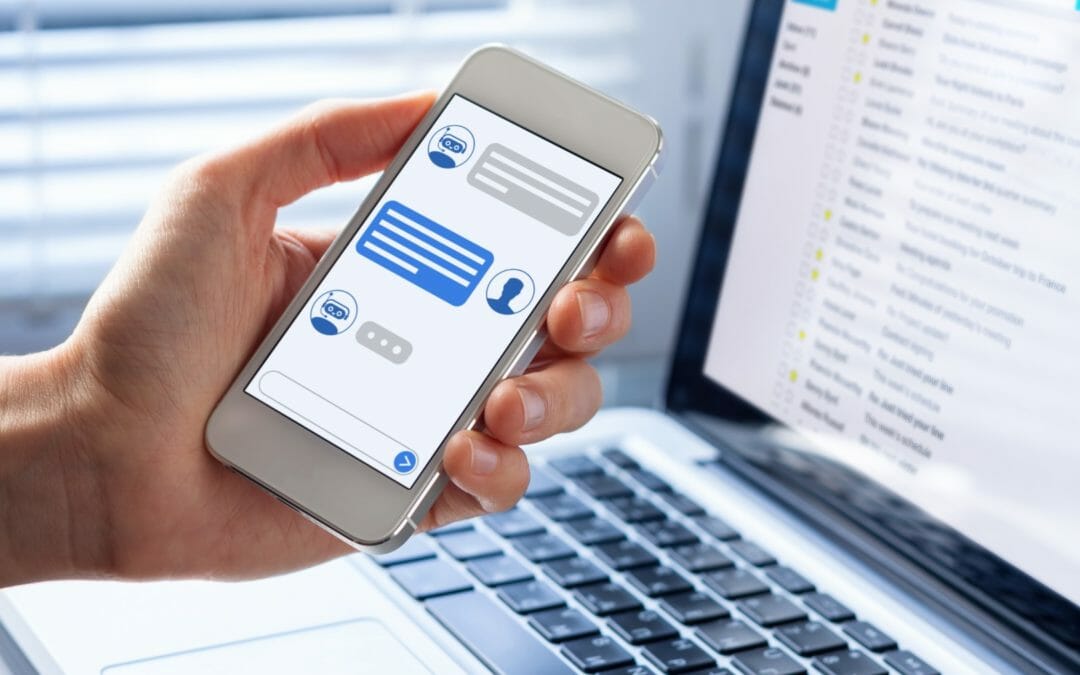Automation in the workplace has grown significantly over the last decade and enjoyed a major surge during the pandemic, with companies trying to free up staff workload. For example, AI customer support navigation increased over 290% year-over-year, according to one report. Chatbots are smarter than ever before, going beyond assisting with returns and password resets to provide a highly customized user experience. Most users don’t care if they are assisted by a human or a bot, as long as their issue is resolved quickly. Luckily, conversation designers can help to create a smooth, natural, and authentic user experience. Here are some tips to get you started designing conversation with AI and chatbots:
Identify Your User
One of the first steps in designing for conversation should be to define the target audience for the chatbot. Creating a user persona and defining who will actually interact with your chatbot is a crucial part of the design process that shouldn’t be overlooked. This phase will help you determine your bot’s personality, which conversational chat flow style to use (such as how your user will want to be greeted or if you should incorporate emoji), and whether to design an AI chatbot (which uses machine learning to guide the conversation) or a rules-based chatbot (which guides the conversation based on preset instructions).
Solve the Problem
Conversational design must solve user problems, or else your chatbot will be nothing more than an annoying pop-up. Many users complain that chatbots don’t understand their request or that the interaction sends them into an endless loop that doesn’t answer their question. People turn to chatbots to solve problems quickly and efficiently. Outline what problems your bot will handle and work backward from there. Your user should be able to solve their problem with just a few exchanged messages. If their problem persists, they should be referred to a (human) customer service representative.
Know the Limits
Even the most enthusiastic AI proponent will acknowledge that chatbots have limitations. It is critical to be aware of these boundaries and to be open and honest when explaining them to users. Make it obvious to users what the chatbot can and cannot accomplish for them, and provide escape strategies if their needs surpass what the chatbot can handle. Natural language processing (NLP) is not without shortcomings, and your bot won’t be able to handle some requests. People use chatbots to solve problems quickly. If your bot is unable to help, apologize and provide a quick exit route so that they can speak with a human.
The need for thoughtful conversation design continues to grow as more and more organizations integrate chatbots into their UX. The goal of using bots is not to impersonate humans or fool users, but to give them an alternative method of quickly accessing the information they seek. We’re still a long way from having bots completely replace the complexities of human customer service. Because most people prefer to work with humans, it is vital that the bots you design complete the tasks allocated to them and, if they cannot, get them to a human as soon as possible.

